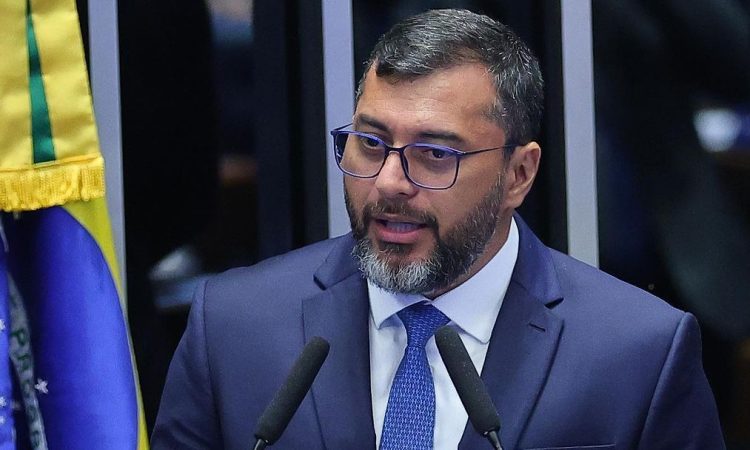
The government of Amazonas sent, on April 3 of this year, a letter to the Ministry of the Environment in which it warns about the risk of a long drought. The state has already recorded 19,478 fires since the beginning of 2024, according to data from the National Institute for Space Research (Inpe).
“Important climate changes have been occurring recurrently on the planet, causing high socio-environmental impacts. Risk management strategies, as well as disaster management, must be improved and implemented in order to reduce these severe impacts resulting from climate extremes”, says the document signed by governor Wilson Lima (União Brasil).
The text highlights that the state is highly vascularized by rivers, streams and lakes, subject to adverse natural events.
“Given the territorial dimensions of the Amazon, the dynamics of flood and ebb of the rivers do not allow a precise general definition of the moment in which the state changes season”, he highlights.
“Sometimes we have municipalities experiencing low waters while others are full until, at a certain point, we can have all the rivers in one phase. In the year 2023, this moment occurred at the beginning of July, where all municipalities were in the process of river ebb”, he adds.
The most emphatic warning, however, appears in the following paragraph.
“We draw attention to this year’s low tide, which is likely to be quite severe and could lead to a widespread drought/drought disaster in many municipalities in the state. The above concern is based on observations and monitoring of large national and international centers that, among other factors, have proven the establishment of the El Ninio phenomenon”, argues Wilson Lima.
The governor also states that the concern is heightened due to the drought recorded in 2023.
“A severe drought that affected sixty-two municipalities in the state, directly affecting 620 thousand people, with severe damage and economic and social losses”, he wrote.
Lima also mentions that, faced with such a scenario, the state government adopted a series of preventive measures.
“Based on daily monitoring of river levels, through linimetric rulers installed in some parts of the state, we frequently issue to a vast network of public and private institutions that may have impacts related to drought, various information on the status of river levels that vary between normal, attention and alert, in addition to sending reports prepared by the Civil Defense defense based on prognoses made by national and international monitoring bodies, in order to induce preventionist behavior in the institutions receiving these files and thus enable the adoption of measures that minimize or even avoid, in each sphere of responsibility, the impacts caused by the possible disaster”, he states.
Orders
Given the scenario exposed, the governor asked for financial resources and support such as basic food baskets, gallons of water, water tanks, artesian wells, water purifiers, cleaning and hygiene kits, refills of liquefied petroleum gas, as well as logistical support for transport of material and rental of warehouses.
The Amazonas government stated, however, that only part of the demand was met. The list includes basic food baskets for fishermen (Ministry of Social Development), 150 water purifiers (Ministry of Regional Integration and Development), 67 firefighters from the National Force (Ministry of Justice), resources for daily allowances for the team from the Military Fire Brigade of the Amazonas (Ministry of Justice) and 110 brigadistas (Ministry of the Environment).
Other side
When contacted, the Extraordinary Secretary for Deforestation Control and Territorial Environmental Planning, André Lima, told CNN that the federal government does not provide equipment for states and municipalities.
“What the federal government does is respond to and fight fires in the regions. In Amazonas, the federal government operates through ICMBio with the National Public Security Force with almost two thousand men and particularly in the state of Amazonas there are hundreds working on dozens of fronts spread across the entire region of the state”, he explained.
The secretary highlighted that it is necessary for states “with their own resources” to prioritize actions.
“There are 700 fire fronts across the country and in the Amazon alone there are 250 fronts. The federal government has no way, in addition to assuming responsibility at the end, to allocate material and equipment. What we do is coordinate with the states to be able to do more and better and in a more organized way”, said Lima.
The Ministry of Regional Development did not comment.

